The largest airborne operation in American history began with seven daysAca,!a,,c notice. The Allies had hit the German army hard since D-Day and pushed it back to the German border. British Field Marshal Bernard Montgomery conceived a bold plan for a two-pronged attack. Operation Market-Garden was a combined airborne and ground assault culminating at Arnhem, Holland, to strike at GermanyAca,!a,,cs industrial heart, the Ruhr valley. Aca,!A"Market,Aca,!A? the airborne portion, included the American 82nd Airborne and 101st Airborne Divisions, along with the British 1st Airborne Division. Each airborne division was assigned to capture one or more bridges over canals and rivers in the area, and hold them until relieved. Aca,!A"GardenAca,!A? was the ground operation, in which the XXX (BR) Corps was to drive north from the Belgian-Dutch border and link up with each airborne division in turn and ultimately secure key bridges in Arnhem over the Rhine River. Allied leaders believed the German army was in retreat with only small forces in the area. Intelligence had revealed that the Germans had moved an armored division into the vicinity of Arnhem, but the Allied commanders decided to take a calculated risk that the enemy in the area could be quickly defeated.
The airborne assaults occurred over two days, using aircraft and gliders. One of the thousands of soldiers in those two storied divisions was Private Lloyd Click of Battery B, 320th Glider Artillery Battalion, 82nd Airborne Division. He and twelve other soldiers loaded their gear and jeep with trailer on a CG-4A Waco glider bound for Holland. As the formation encountered flak over the coast, Click remembered this mission as being the first time he was ever really scared: Aca,!A"The first shell exploded near my glider and almost turned it overAca,!A|.I sat down, buckled up, and shut up. This war business had become quite serious.Aca,!A? Many troops and equipment hit their intended landing zones with precision, but ClickAca,!a,,cs unit did not. After a nearly four hour flight from England, the tow plane released his glider after the landing zone had passed. He landed ten miles from his intended target,, and several Soldiers were wounded when the glider floor was ripped away during the landing. The German unit nearby immediately attacked ClickAca,!a,,cs unit with mortars, and much of the equipment was either burned or captured. Half his battery was captured, but Click and others finally made contact with the 508th Parachute Infantry Regiment and continued the mission.
The Americans reached most of their objectives quickly, but some bridges were destroyed before they could be captured. Captain Dick Winters led E Co., 506th Parachute Infantry Regiment toward one such objective: Aca,!A"We had a column of men on each side of the road. Suddenly, an 88 fired down the road and we heard a German machine gun open up. There were no casualties. D Company covered the right side of the road, E Company the left side. We pushed forward. When we were about 25 to 30 yards from our first objective, a bridge, it blew. For the second time that afternoon, we were caught in a hail of debrisAca,!A|.[I remember] thinking to myself, Aca,!A"What a hell of a way to die in combat!Aca,!A?
Despite initial successes, the operation ultimately failed. The blown bridges along the single access road leading to Arnhem caused critical delays allowing the Germans to move in forces which surrounded and destroyed the British 1st Airborne division. Nevertheless, it was a bold strategic move, and General Omar Bradley called it Aca,!A"one of the most imaginative of the war.Aca,!A?
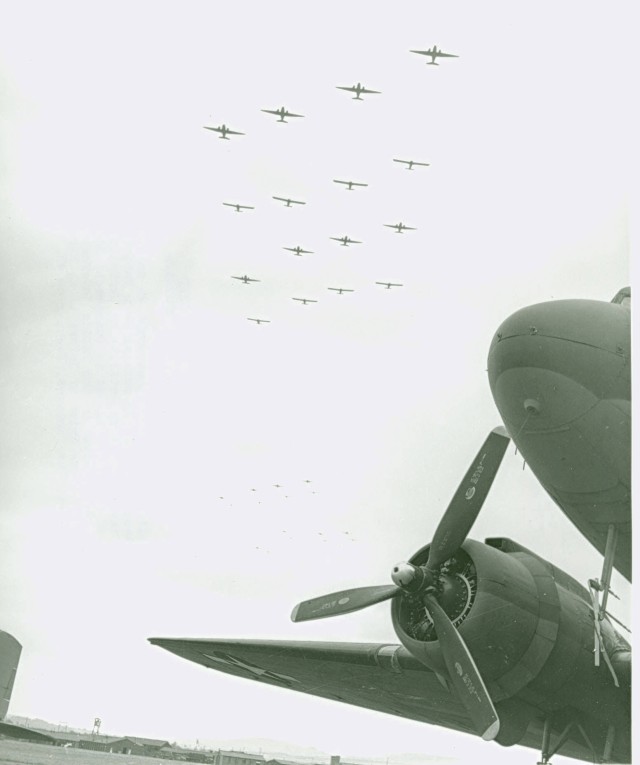
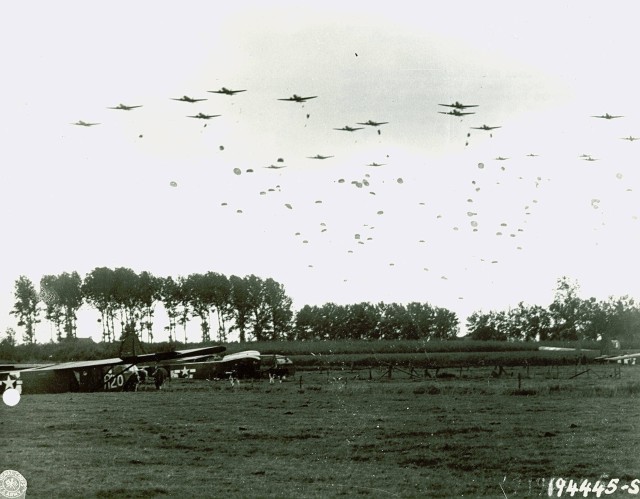


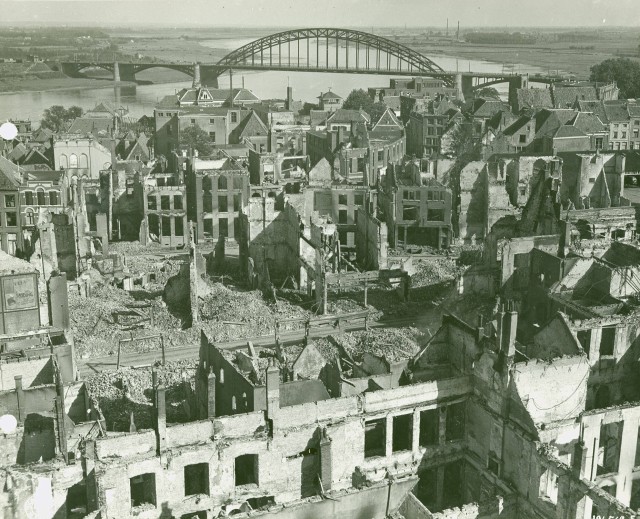
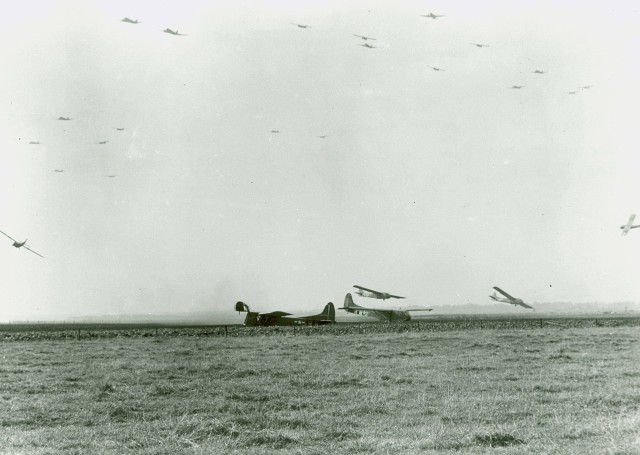




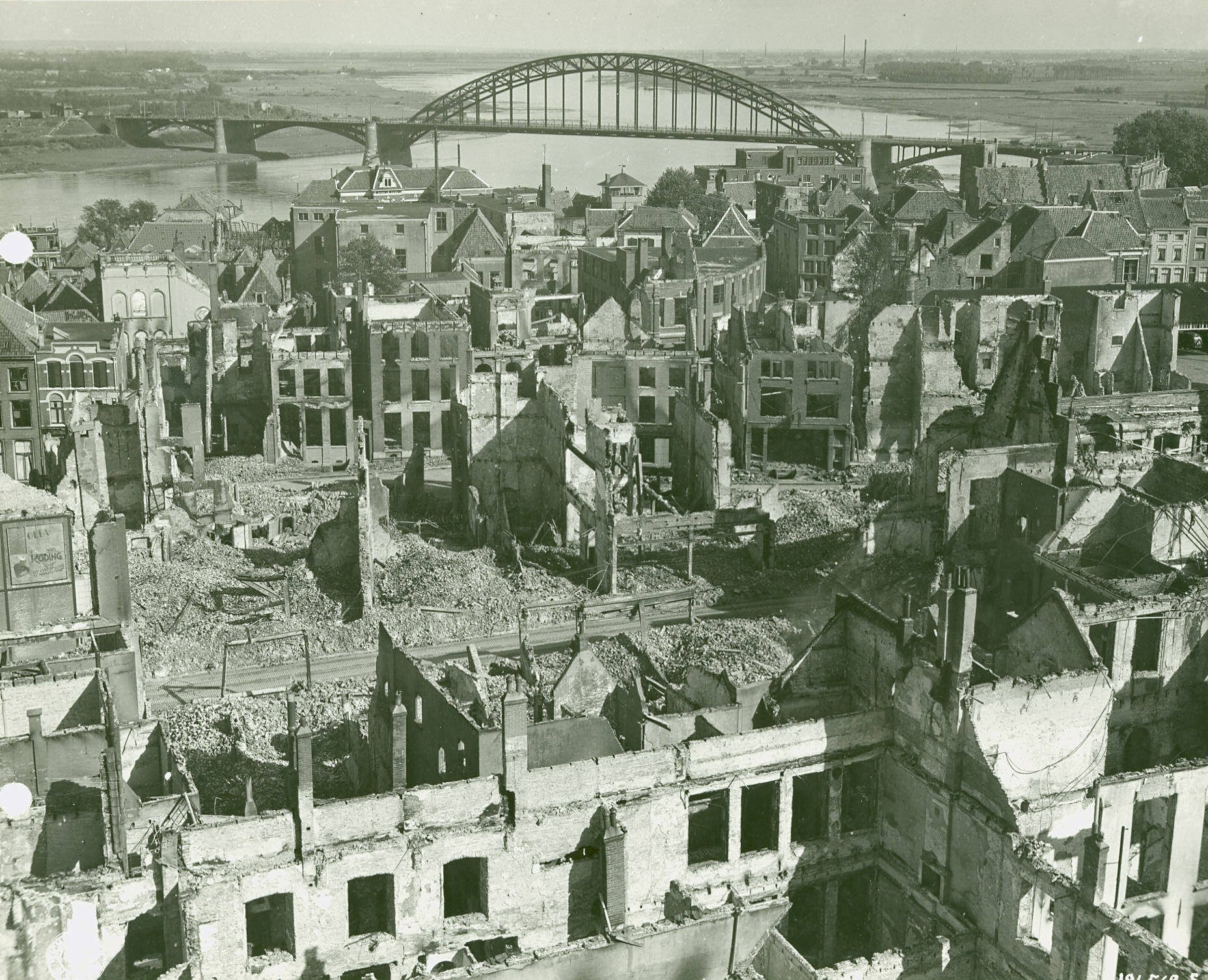

Social Sharing